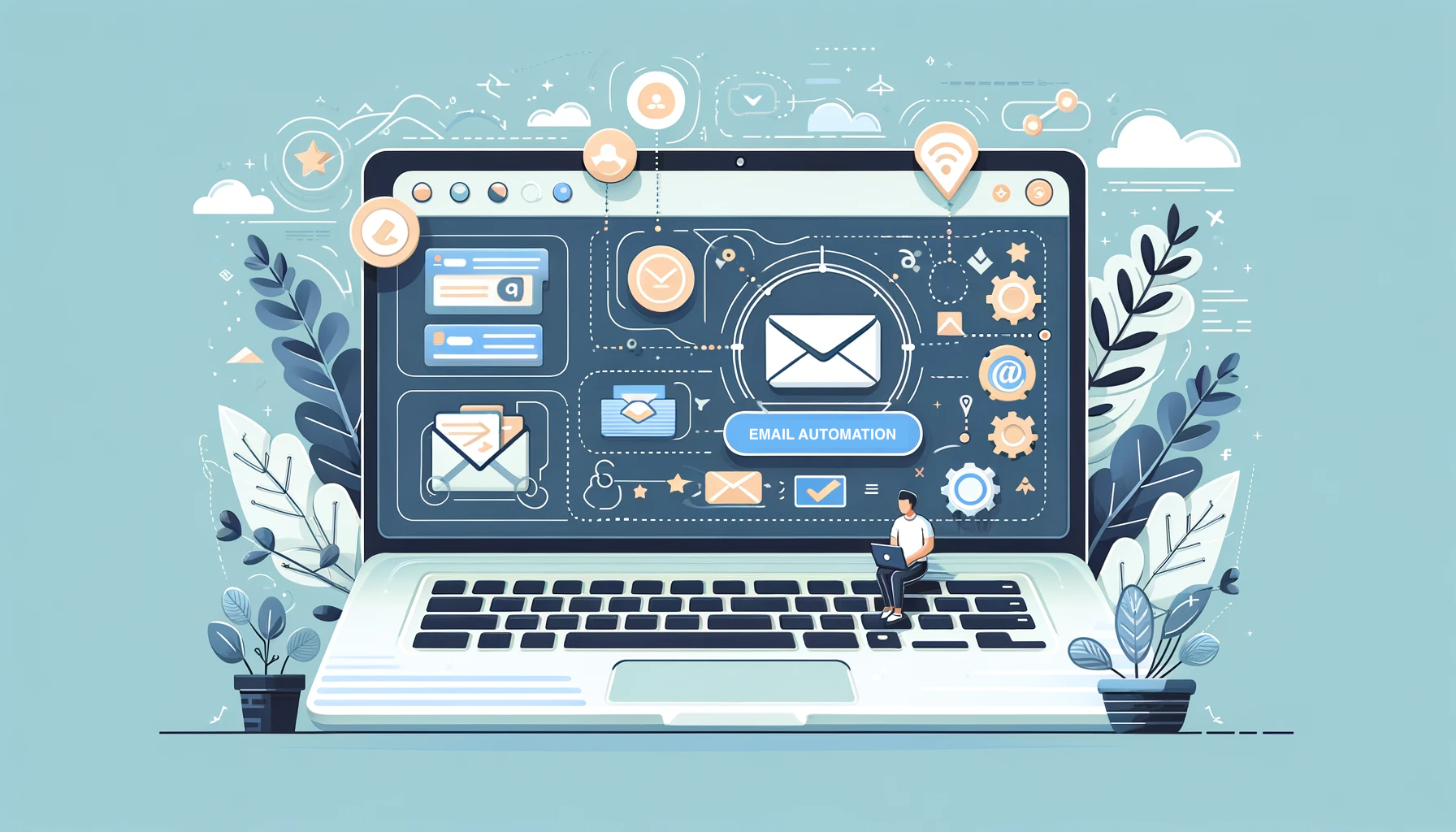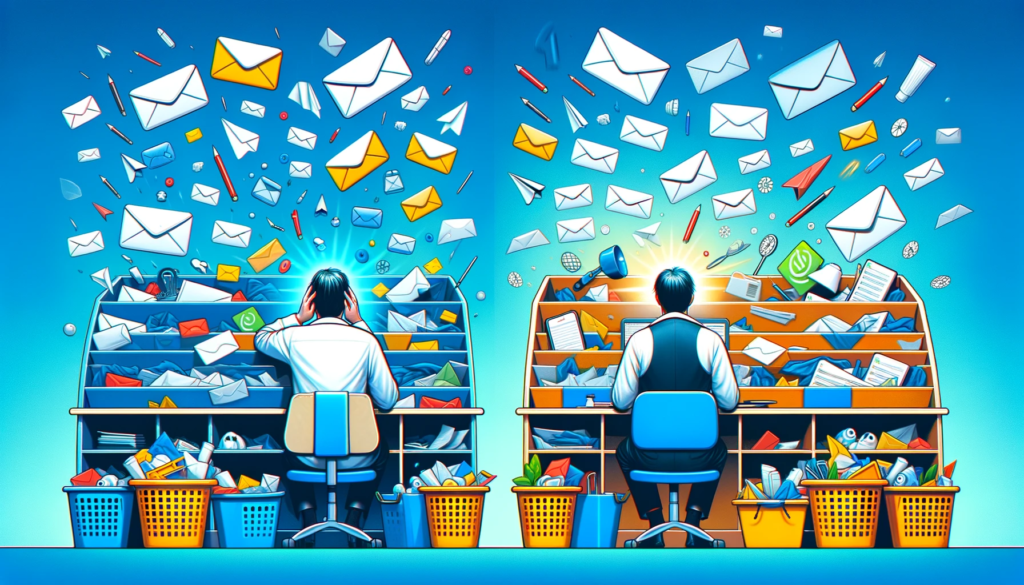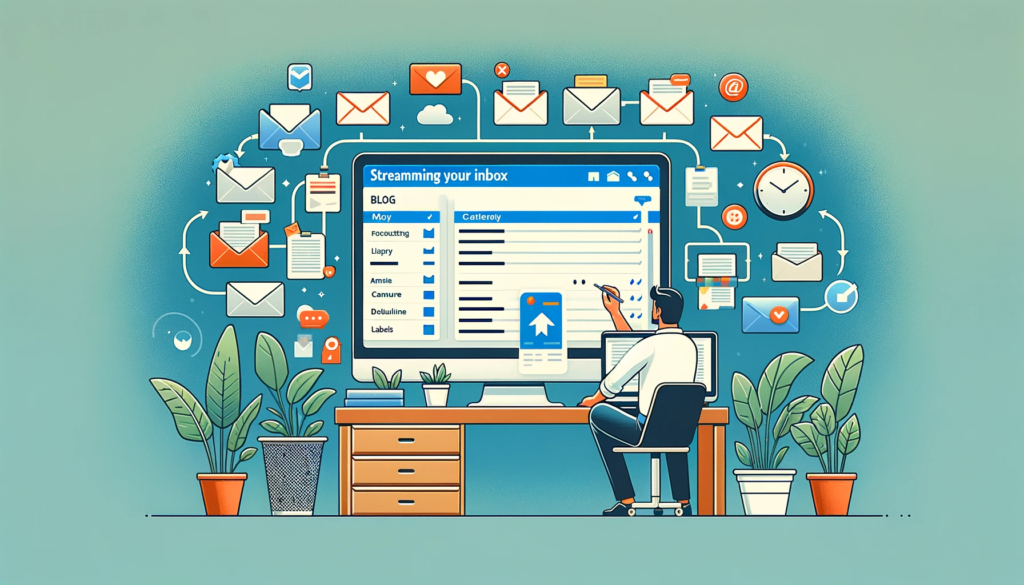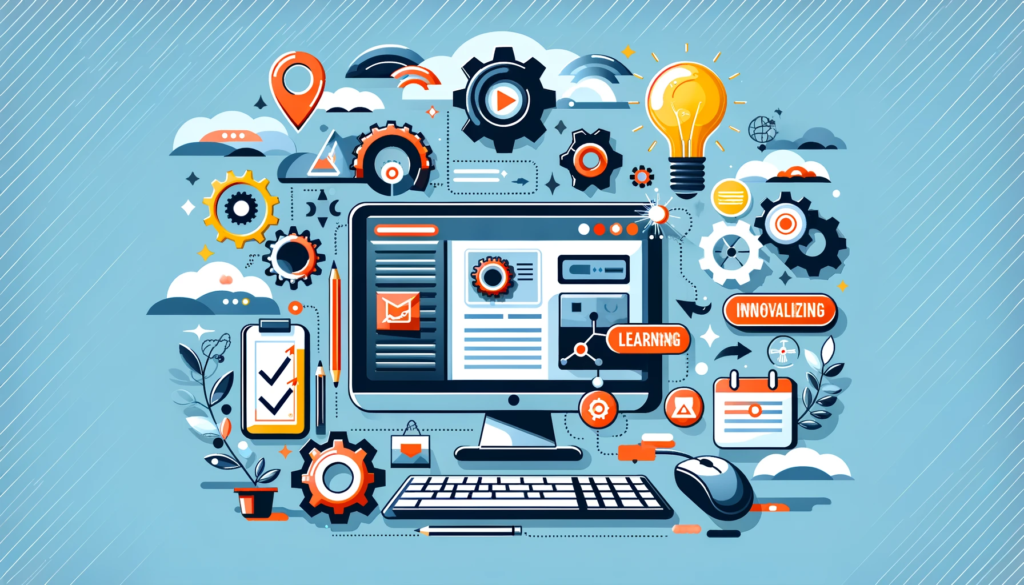
Welcome to the dynamic world of email automation, a game-changer in managing digital communication. For beginners, diving into email automation can seem daunting, but it’s an invaluable tool for streamlining your daily email interactions. It’s not just about sending automatic replies; it’s a comprehensive approach to managing your inbox efficiently. From automating responses to scheduling emails, email automation can significantly enhance your productivity and organization.
Table of Contents
Tackling Common Email Pain Points
One of the biggest challenges of email management is the overwhelming influx of messages. Without a system in place, your inbox can quickly become cluttered, leading to missed important emails and an ever-growing pile of unread messages.
Filtering Emails
Email filters are tools within email platforms like Gmail that automatically sort incoming emails based on criteria you set. They can organize emails into categories, label them, or even delete or archive them.
Setting Up Filters in Gmail
- Identify Filter Criteria: Decide what types of emails you want to filter (e.g., newsletters, emails from a specific sender).
- Create a New Filter: In Gmail, go to Settings > See all settings > Filters and Blocked Addresses > Create a new filter.
- Define Filter Actions: Specify actions such as “Apply the label,” “Archive it,” or “Delete it.”
- Test Your Filters: After setting them up, monitor your inbox to ensure they’re working as intended.
Advanced Filtering Tips
- Use Keywords and Subjects: Filter emails by specific words in the subject line or body.
- Filter by Sender: Automatically organize emails from specific senders into designated folders.
- Multiple Criteria: Combine several conditions for more precise filtering (e.g., emails from a specific sender that contain specific keywords).
Managing Junk Mail
Managing junk mail effectively is essential in maintaining a clean and efficient inbox. Regularly checking your spam or junk folder ensures that important emails are not mistakenly categorized as spam. Utilizing email filters and marking unwanted emails as spam can help your email client better identify and automatically sort junk mail in the future. Additionally, being cautious with sharing your email address and unsubscribing from unwanted newsletters or promotional emails can significantly reduce the influx of junk mail. By taking these steps, you can keep your inbox focused on relevant and important communications, enhancing your overall email productivity and experience.
Scheduled Email Review
Instead of constantly checking your email, set specific times for email review. This approach allows you to focus on other tasks without distraction and manage your emails more efficiently. Scheduled email review offers numerous benefits, including enhanced focus and productivity, as it minimizes distractions, allowing for concentrated work sessions. This approach also aids in reducing stress and anxiety, stemming from the constant pressure of immediate responses. It facilitates better time management, ensuring email doesn’t overshadow other tasks, and leads to improved response quality, as emails are addressed thoughtfully and not rushed. Overall, integrating scheduled email reviews into your daily routine can create a more organized and stress-free approach to email management.

Streamlining Your Inbox
While categorizing emails and establishing a structured inbox system are beneficial, they’re often not sufficient for optimal inbox management. A crucial aspect of streamlining your inbox involves reducing the volume of emails, particularly those that are unwanted or irrelevant. Regularly unsubscribing from unnecessary newsletters, promotional emails, and alerts can drastically decrease the influx of non-essential messages. This proactive approach not only tidies up your inbox but also significantly enhances its health by allowing you to focus on emails that truly matter, thereby improving efficiency and reducing the cognitive load associated with email management.
Unsubscribing from Unnecessary Emails
Take time to unsubscribe from newsletters or mailing lists that are no longer relevant to you. This not only declutters your inbox but also ensures that you only receive emails that are of interest or importance. If it’s too overwhelming try a service such as Clean Email to easily let you select from which newsletters to unsubscribe. It also provides some additional useful features to clean up your inbox.
Automating Response
Beyond basic filtering, consider automating certain responses. For instance, if you receive frequent queries about a particular topic, set up an automated response providing the necessary information or directing the sender to relevant resources.
If you are using Gmail, you can:
- Go to Settings > See all settings > Advanced > Enable Templates
- To create a template, compose an email with the desired contents
- Click on 3 dots in the toolbar. Select Templates and create a new one
- Next time you need to reuse the template, just select it from the same Templates menu
Automation Tools
Tools like Make or IFTTT can connect your email with other apps and automate workflows. For example, you can create a task in your project management tool whenever you receive an email with a specific keyword.
Smart Scheduling
Consider tools that optimize the timing of your emails. Scheduling emails to be sent during the recipient’s working hours can increase the chances of a prompt response.

Cultivating a Productive Email Culture
Cultivating a productive email culture involves establishing practices that enhance efficiency and communication clarity. It starts with setting clear expectations about email response times, reducing the pressure of instant replies. Encouraging concise and clear messaging in emails can also prevent misunderstandings and save time. Implementing a company-wide policy to prioritize emails and reduce their overuse for minor issues is also beneficial. Training employees in effective email management techniques and etiquette, like appropriate use of CC and BCC, can further streamline communication. By fostering a culture where email is used thoughtfully and efficiently, organizations can improve overall productivity and reduce the stress often associated with email overload.
Staying updated with email automation trends is vital in an ever-evolving digital landscape. New tools and features are regularly introduced, offering innovative ways to manage and optimize email communication. Regularly exploring and testing these advancements can lead to significant improvements in email efficiency. Equally important is the practice of reflecting on and adjusting your email strategies. Periodically assess the effectiveness of your current email setup, be open to trying new tools or techniques, and don’t hesitate to discard methods that no longer serve your needs. This continuous cycle of learning and adaptation is key to maintaining an effective and modern approach to email management.
Conclusion
In conclusion, mastering email automation and management is an ongoing journey that requires a blend of strategic practices and the willingness to adapt to new trends. By effectively tackling common email pain points, streamlining your inbox, and cultivating a culture of productive email use, you can transform your email experience from a source of stress to a tool of efficiency. Staying informed about the latest trends and continuously refining your approach will ensure that your email practices remain effective, relevant, and in tune with your evolving communication needs, ultimately leading to enhanced productivity and a more organized digital life.

